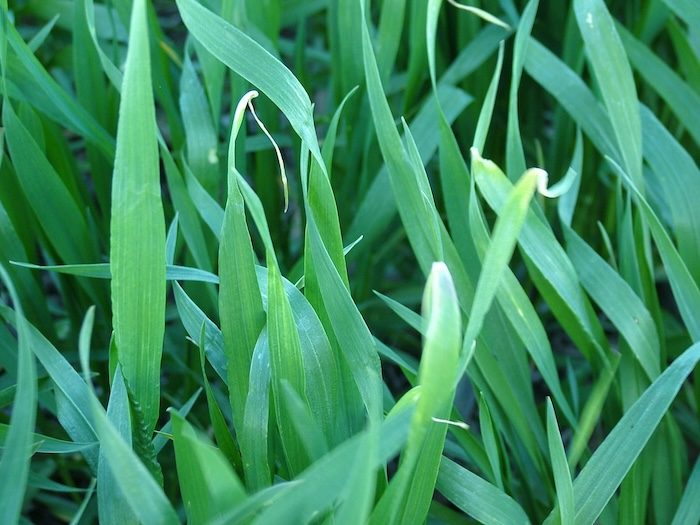No-Till Farmer
Get full access NOW to the most comprehensive, powerful and easy-to-use online resource for no-tillage practices. Just one good idea will pay for your subscription hundreds of times over.

COPPER DEFICIENCY. Small grains are susceptible to copper deficiency problems, usually identified by twisted, necrotic leaf ends on new leaf growth. Corn and soybeans are less affected by, but not immune to, copper shortages. Photo by: IPNI
As a micronutrient, copper has a very important place in the plant food smorgasbord selection necessary for good crop yields, particularly for wheat and other small grains, and to a lesser extent for corn and grain sorghum. But a little copper goes a long way.
A good analogy might be habanero peppers in a salsa dip: Too little and the results are underwhelming, but too much and yikes! Too much copper in the soil takes a long time to correct.
Independent consulting agronomist Ken Ferrie says copper typically makes up only 0.4 ppm to 1.5 ppm in most soils, so “too little and too much” are very closely positioned. He says the balance is important because the right amount of copper is vital for triggering enzymes necessary for photosynthesis. It’s also critical to the development, survival and release of pollen — necessary for self-pollinating crops like wheat, barley and corn.
“In corn plants, copper also helps stimulate protein formation and aids in moving carbohydrates throughout the plant and into the kernels at grain fill,” Ferrie says.
Found in the soil as the positively charged Cu2+ cation, copper easily binds to clay materials, particularly in soils higher in organic matter, and it can be less accessible for root transport into growing crops in those higher organic matter fields compared to fields with less organic matter. Copper deficiencies also occur in light, sandy soils where parent material has possibly leached away.
The current Agronomy Handbook from the University…